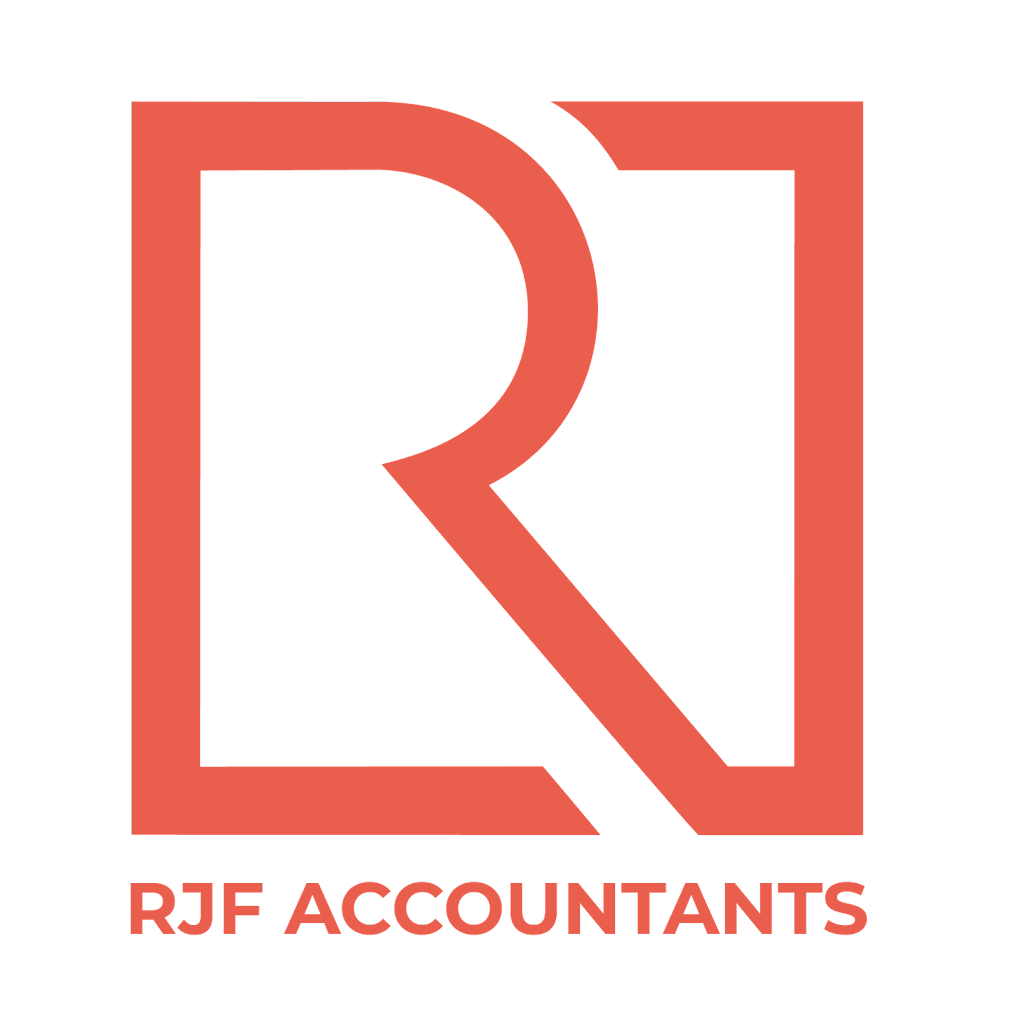Short-term cash flow can be catastrophic for some business owners if not handled correctly. It can contribute to even the most profitable business finding itself in big trouble and unable to fulfil its financial commitments. Some businesses use online accounting tools such as FreeAgent and Xero to help manage their cash flow by using their automated cash flow projecting tools. Others, like RJF Accounting clients, can take advantage of management accounting and bookkeeping services to help them keep on track. Whichever route you take, it is crucial to understand your short-term cash flow projections and find ways to improve them.
In these times of rapidly rising costs and ever-increasing uncertainty, we have put together this blog post with our 5 top tips on improving your business’s short-term cash flow so that you can help your business not find itself unable to meet your financial commitments.
Blog Contents:
show
Review Your Customer Base
Identifying problematic customers can help you forecast better and not let things get out of control. Late payers happen in all industries and impact big and small businesses alike! You could be working for the biggest companies in the world and still have issues with late payments! Knowing which of your customer base is likely to pay on time and how late or early they usually make payments will help keep your forecasting on track and prevent any pitfalls in your business spending.
This can also help you to make essential decisions about your existing customer base and who you might want to consider working with in the future. For example, if client A always pays late and wishes to book you for a project, and client B always makes payment on time and wants to book your services, it could be beneficial to work with the quickest-paying client if your short-term cash flow is not looking very promising.
Send Invoices Promptly & Accurately
There are a plethora of reasons an invoice can be held up and cause a late payment, so anything you can do to help prevent friction between sending the invoice and it being paid is always a good thing! Knowing how your client needs to be invoiced should always form part of the onboarding process, so capturing details such as:
- Billing email
- Billing person or department
- Do they require PO numbers?
You should also ensure that all invoices are clear and precise with the following information:
- Payment details.
- Payment terms.
- Scope of work completed.
Payment Reminders & Late Payment Fees
Small business owners and freelancers tend to put off chasing late payments or applying late payment fees for fear of upsetting the client. However, you have a right to be paid in full and on time for the work you have completed. Late payments can also be down to busy business owners simply forgetting, so giving them a little nudge can be helpful.
If you are using automated invoicing systems such as FreeAgent and Xero, you might be able to set up automated and friendly reminders that an invoice is due for payment. It might even be worth setting up a reminder that the payment due date is approaching to help reduce late payments.
Late payment fees and interest should also be applied to late payments. This covers your time and effort in chasing the late payment and serves as a deterrent for future late payments. Here in the UK, you can apply statutory interest to late invoices, which is 8% plus the Bank of England base rate for B2B business transactions.
It is essential that these fees and charges be in your terms and conditions or contract with the client to save any ambiguity further down the line and any uncomfortable conversations with the client once the invoice has been sent.
Review Your Outgoings
Taking a deep look into your outgoings and seeing if anything can be moved about can help if your short-term cash flow is bleak. However, delaying payments should only ever be used as a last resort, as it can cause further, even deeper problems down the line. It is also advisable to always speak to your suppliers before not making any payments so they are aware of the situation.
Quick and easy wins are the easiest to cut from the budget and free up short-term cash, such as delaying that non-essential purchase or reducing spending on non-essential products/services.
Although this bit of advice will not help with short-term cash flow, it is worth mentioning that one of the best ways to review your outgoings is to plan ahead, such as looking at software licences, seeing if an annual subscription is cheaper, and factoring it into a yearly budget rather than an expensive monthly option. This can also help with suppliers for goods and services too – some offer significant discounts for block bookings or upfront payments.
Incentivise Customers
Much like you can save money by moving to annual payments, why not offer this to your customers? Run an offer where they are encouraged to make an annual payment over a monthly one, such as a 10% discount or an added benefit. You could also look to entice more upgrades/cross-sells to your business, such as additional services/products or expanding on existing services to attract more sales and greater short-term cash availability.
Understanding Your Business Cash Flow
Running a start-up or small business can be hard to keep on top of all the reporting, invoicing and accounting that your business demands. This is where having the right team behind you can help your business grow. The team here at RJF Accounting are here to help; we offer services in management accounts, accounting, investment advice and growth services such as outsourced financial director, investor relations and cash flow management.
If you are struggling to understand your business cash flow or looking to seek further advice, why not speak to the team on 0161 5040629 or drop us an email at hello@rjf.uk.com – and see if we can help you to get your business finances in order, we are open Monday to Friday, 9 am – 5 pm!

